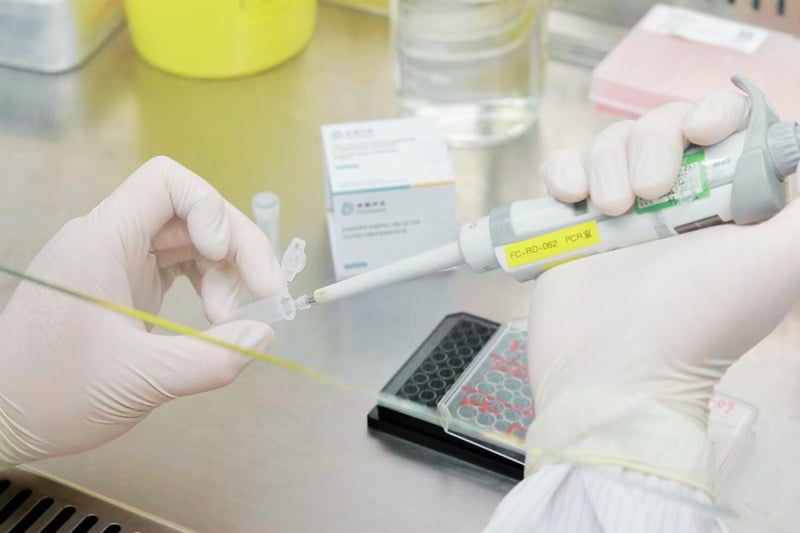The top ten key factors for screening protease inhibitors involve multiple aspects, including the characteristics of the target protease, the activity and selectivity of the inhibitor, the selection of experimental methods, and the control of experimental conditions. The following is a detailed explanation of these key factors:
Clarity of target protease: Firstly, it is necessary to clarify the specific protease type targeted for screening. Different proteases have different functions and mechanisms of action in organisms, so clear targets must be identified when screening inhibitors.
Assessment of inhibitor activity: Evaluating the inhibitory activity of inhibitors on target proteases is a core step in the screening process. This is usually accomplished through enzyme activity inhibition experiments, such as measuring changes in protease activity in the presence or absence of inhibitors using fluorescent substrate methods or radiolabeled methods.
Selectivity: An ideal protease inhibitor should have high selectivity, that is, it should only inhibit the target protease and have no significant effect on other non target proteases. Selective evaluation is crucial for reducing drug side effects.
Stability: The stability of inhibitors in vivo directly affects their efficacy. Therefore, in the screening process, it is necessary to consider the stability of inhibitors under different pH values, temperatures, and other conditions.
Pharmacokinetic characteristics: Understanding the absorption, distribution, metabolism, and excretion processes of inhibitors in the body is crucial for evaluating their efficacy and safety. This includes key parameters such as half-life and bioavailability of inhibitors.
Toxicity assessment: During the screening process, it is necessary to evaluate the toxicity of inhibitors to ensure that they are harmless to the organism at therapeutic doses. This includes evaluations of acute toxicity, long-term toxicity, genetic toxicity, and other aspects.
Selection of experimental methods: Select appropriate screening methods based on the characteristics of the target protease and experimental requirements. High throughput screening (HTS), structure based drug design (SBDD), virtual screening, affinity screening, and cell-based screening each have their own advantages and disadvantages, and need to be flexibly selected according to the actual situation.
Control of experimental conditions: During the screening process, it is necessary to strictly control the experimental conditions to ensure the accuracy and reproducibility of the results. This includes multiple aspects such as sample processing, reaction conditions, instrument operation, etc.
Data analysis and validation: Careful data analysis and validation of the screening results are important steps to ensure their reliability. This includes statistical analysis, setting up positive and negative controls, etc.
Interdisciplinary collaboration: Screening protease inhibitors involves knowledge from multiple disciplines such as biochemistry, molecular biology, pharmacology, etc. Therefore, interdisciplinary collaboration is crucial for improving screening efficiency and success rate. Through the joint efforts of experts from different fields, various technologies and methods can be comprehensively applied to improve the accuracy and comprehensiveness of screening.
It should be noted that the above ten key factors do not exist in isolation, but are interrelated and influence each other. When screening protease inhibitors, it is necessary to comprehensively consider these factors to ensure the scientific and effective screening process.
Share on:
Facebook
Twitter
Pinterest
WhatsApp
Recent posts
We recommend


